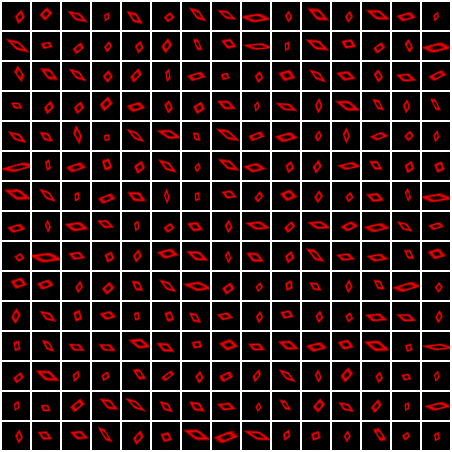A Biologically Inspired Visual Working Memory for Deep Networks
The ability to look multiple times through a series of pose-adjusted glimpses is fundamental to human vision. This critical faculty allows us to understand highly complex visual scenes. Short term memory plays an integral role in aggregating the information obtained from these glimpses and informing our interpretation of the scene. Computational models have attempted to address glimpsing and visual attention but have failed to incorporate the notion of memory. We introduce a novel, biologically inspired visual working memory architecture that we term the Hebb-Rosenblatt memory. We subsequently introduce a fully differentiable Short Term Attentive Working Memory model (STAWM) which uses transformational attention to learn a memory over each image it sees. The state of our Hebb-Rosenblatt memory is embedded in STAWM as the weights space of a layer. By projecting different queries through this layer we can obtain goal-oriented latent representations for tasks including classification and visual reconstruction. Our model obtains highly competitive classification performance on MNIST and CIFAR-10. As demonstrated through the CelebA dataset, to perform reconstruction the model learns to make a sequence of updates to a canvas which constitute a parts-based representation. Classification with the self supervised representation obtained from MNIST is shown to be in line with the state of the art models (none of which use a visual attention mechanism). Finally, we show that STAWM can be trained under the dual constraints of classification and reconstruction to provide an interpretable visual sketchpad which helps open the 'black-box' of deep learning.
PDF Abstract ICLR 2019 PDF ICLR 2019 Abstract



 CIFAR-10
CIFAR-10
 CelebA
CelebA